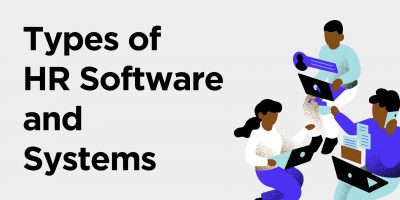A little over a decade ago, “data-driven marketing” was something only companies with large marketing budgets could consider. Conducting marketing research and gathering reliable marketing data was expensive and time-consuming. Hence, marketing information management wasn’t even a blip on the radar.
Today, however, things have changed significantly.
Companies of all sizes make their marketing decisions based on data. As collecting data became faster and cheaper, the data became more reliable. The volume and complexity of available information increased as well. Therefore, one can safely assume that all marketing today is data-driven marketing.
With just a few clicks, you can access detailed reports of purchasing intents of customers in the upcoming quarter, which was unimaginable a few decades ago.
Behind every marketing decision today, you have some data.
According to research conducted by Ascend2, 45% of surveyed marketers already use a unified marketing data strategy, and 32% plan to do it within the next year. First-party data was equally important for 86% of large, medium, and small companies (with budgets less than $1M) who create digital media strategies.
The second-party data was the most important for 65% of large companies, while third-party data was the most significant for medium and small companies with 50% and 59%, respectively.
Still, the true power of marketing data is not in its volume but in how it is processed, analyzed, and used. Nate Silver, the author of “The Signal and the Noise,” says that data is useless without context, especially accurate and relevant today.
It is necessary to have some idea and plan when aggregating marketing reports. If you don’t know why you collect the data or what patterns you are looking for, you might have a pile of useless spreadsheets and reports.
The overabundance of available information can be overpowering, and it’s easy to lose focus on your goals. All this research, analytics, and intelligence reports need to be organized to be helpful and meaningful to the decision-makers.
This is where marketing information management and marketing information systems come in handy.







